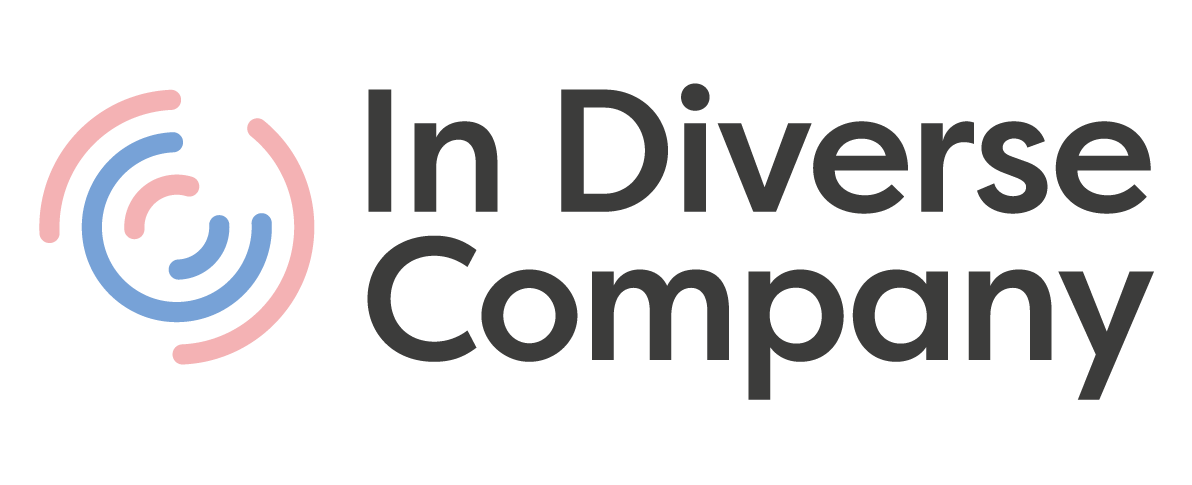By David Griffin, Learning Content Designer
In their 2015 paper ‘Cultural Intelligence and Competencies’, Soon Ang, Thomas Rockstuhl, and Mei Ling Tan define cultural intelligence as ‘a person’s capability to function effectively in intercultural contexts’.
At the heart of cultural intelligence is the ability of someone to recognise and understand the behaviours, attitude, values and beliefs of different groups of people – and therefore what motivates them, and then being able to apply that knowledge to achieve a specific goal.
When it comes to considering different cultures, it is important not to just pigeonhole this as working with people from a different country. Cultural intelligence is just as important when working with someone who might be from a different generation to you or a different socioeconomic group.
The team at In Diverse Company are truly diverse. Take my team for instance, I am based in the north of England and am male, I have a young female peer who is Italian working in Stratford, a peer working from Mumbai who is from a different cultural, social and economic background and a middle aged (saying with permission!) Director based in Oxford. Therefore, the team is constantly working on their cultural intelligence to make sure that we work more effectively towards our shared goals. However, I don’t think there is any training that could help people understand my strong Yorkshire accent!
With this in mind, there are three key areas that an organisation can identify and look to improve, in order to improve its cultural intelligence:
- Cross-cultural knowledge – learning more about others. Learning more about where a colleague is from, be that geographically, regionally, generationally or socially. Improving your cross cultural knowledge through multiple channels, such as newspapers, movies, books or even traveling to another country can all help in identifying what is special about one culture, what is relevant, and how this might play through to people’s beliefs, ideals or approaches.
- Cross-cultural competence – adapting your style approach accordingly. You could look at your communication skills and what you might need to do differently to help someone from a different culture understand your message. The language used by different generations as well as the platforms their prefer might differ. The words used by different socio-economic groups have different levels of acceptance. When you communicate cross-culturally, make particular efforts to keep your communication clear, simple and unambiguous.
- Cross-cultural mindfulness – suspending judgement and assumptions. Be more attentive to other people’s culture and try to be non-judgmental and ready to respond and interact appropriately. Observe and listen to colleagues from different cultures to see how they conduct themselves and their business, and use this to inform future situations where appropriate.
No matter how culturally diverse a workplace environment is we can still forget that not all experiences, perceptions and perspectives are the same. This can impact relationships between colleagues and ultimately the quality of work and outputs.
Cultural intelligence on an individual level allows for people to gain a better understanding of traditions, nationalities, corporate cultures and disciplines in a way that can have a positive impact on the business and productivity as a whole. It also enables teams to work in a positive and compassionate way, improving individual and organisational wellbeing.
Cultural intelligence starts with self-awareness and is a must-have trait of an inclusive leader – particularly one looking to succeed globally. Cultural intelligence on an organisations level leads to an improvement in communication, an improvement in understanding, an improvement in humility and ultimately, in performance.






